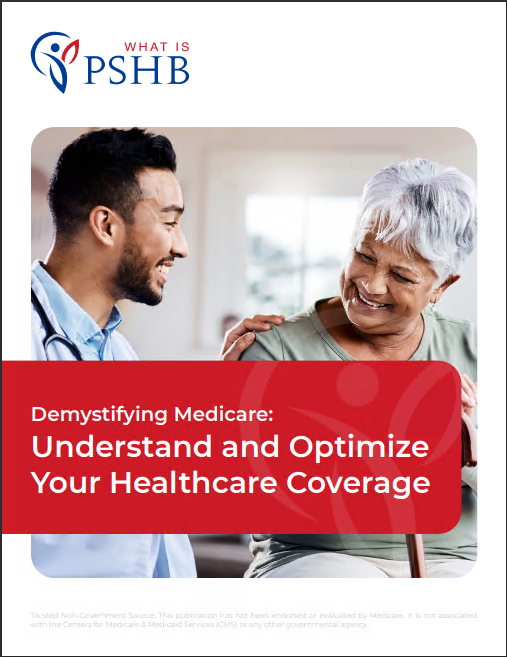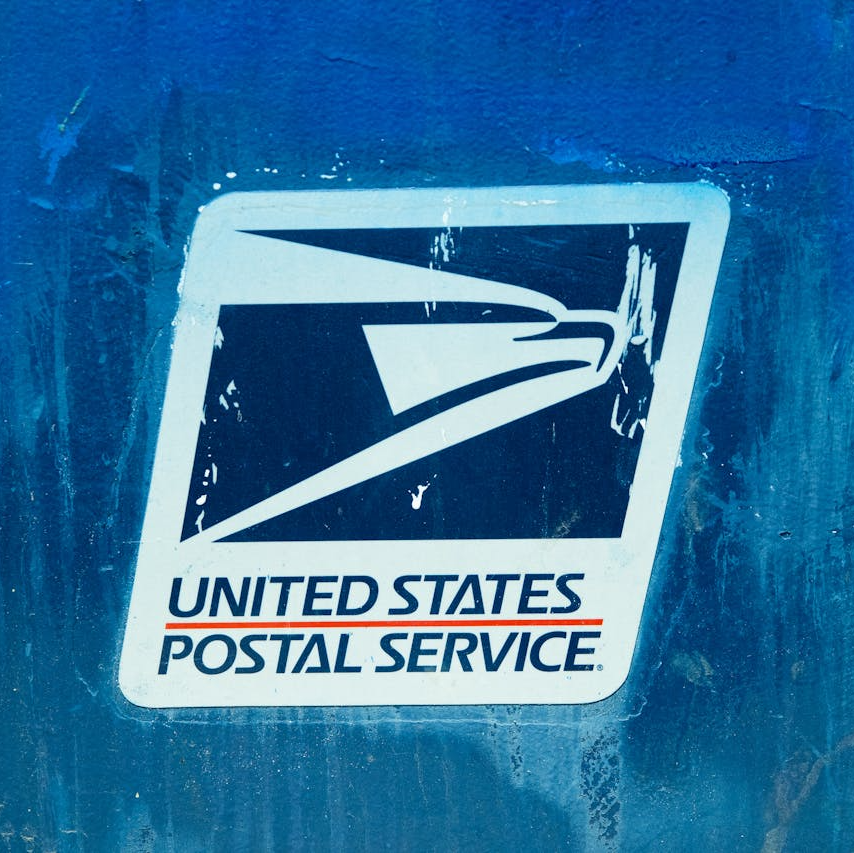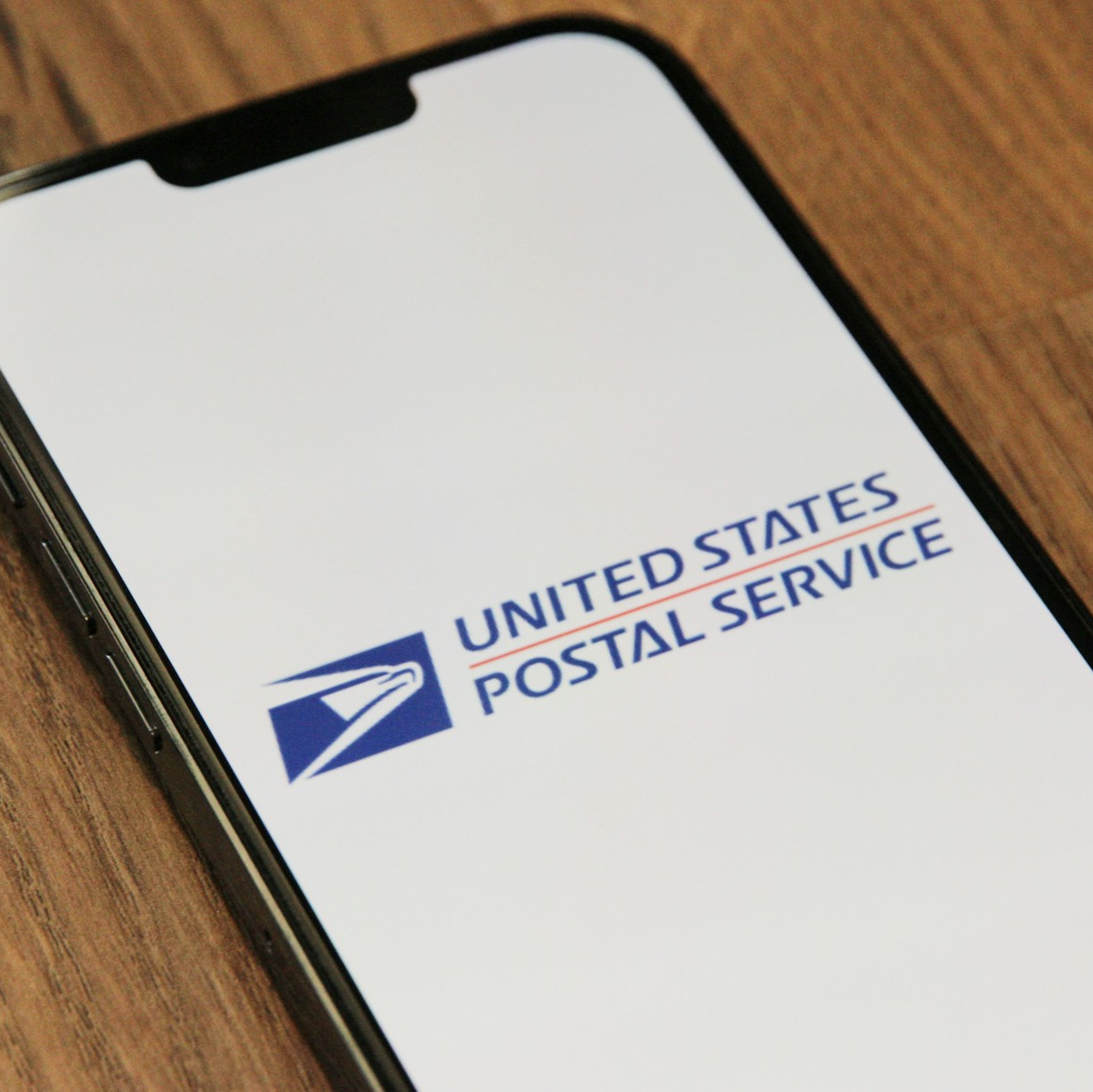Key Takeaways:
- Medicare and Postal Service health benefits can work together to provide comprehensive coverage for retirees, ensuring continuity and minimizing out-of-pocket costs.
- Understanding how to coordinate Medicare and Postal Service benefits in 2025 is essential for maximizing healthcare options and avoiding coverage gaps.
How Medicare and Postal Service Health Benefits Work Together for Retirees in 2025
As we move closer to 2025, many retirees are beginning to explore how their Medicare benefits will integrate with the health benefits provided by the United States Postal Service (USPS). For retirees who have worked in the postal service, understanding how these two systems interact is crucial for maintaining comprehensive healthcare coverage while minimizing out-of-pocket expenses. This article will guide retirees through the key aspects of coordinating these benefits to ensure they are fully informed about their healthcare options in 2025.
Understanding the Basics of Medicare
Medicare is a federal health insurance program primarily for individuals aged 65 and older, though it also covers some younger individuals with disabilities. Medicare is divided into several parts:
- Part A covers inpatient hospital stays, skilled nursing facility care, hospice care, and some home health care.
- Part B covers certain doctors’ services, outpatient care, medical supplies, and preventive services.
- Part C (Medicare Advantage) is an alternative to Original Medicare, offering additional coverage options through private insurers.
- Part D covers prescription drugs.
Postal service retirees are typically eligible for Medicare Part A without paying premiums if they or their spouse paid Medicare taxes while working. Medicare Part B, however, requires a premium, which is adjusted based on income.
Postal Service Health Benefits: An Overview
Postal service retirees, like other federal employees, have access to the Federal Employees Health Benefits (FEHB) program. This program offers a variety of health insurance plans, which provide coverage that complements Medicare.
- Coordination of Benefits: FEHB plans work with Medicare to cover expenses that Medicare doesn’t fully pay for. For example, if Medicare covers 80% of a doctor’s visit, the FEHB plan might cover the remaining 20%.
- Prescription Drug Coverage: Most FEHB plans provide prescription drug coverage, often making it unnecessary to enroll in a separate Medicare Part D plan.
- Choice of Providers: FEHB plans typically offer a broad choice of healthcare providers, and retirees may prefer staying in their FEHB plan to maintain access to their preferred doctors and hospitals.
How Medicare and FEHB Work Together
When a postal service retiree becomes eligible for Medicare, it’s essential to understand how their FEHB plan will work with Medicare. In most cases, Medicare will be the primary payer, meaning it pays first for covered services, and the FEHB plan will be secondary, covering costs that Medicare doesn’t pay.
- Medicare as Primary Coverage: Once a retiree enrolls in Medicare Part A and Part B, Medicare becomes the primary coverage for most services, with the FEHB plan serving as secondary coverage. This setup helps minimize out-of-pocket costs, as the FEHB plan often covers copayments, coinsurance, and deductibles that Medicare does not cover.
- FEHB as Primary Coverage: Retirees who choose not to enroll in Medicare Part B can retain their FEHB plan as their primary insurance. However, they will miss out on the enhanced coverage Medicare provides, which could result in higher out-of-pocket expenses.
Key Considerations for Retirees in 2025
Should You Enroll in Medicare Part B?
One of the critical decisions for postal service retirees is whether to enroll in Medicare Part B. This decision largely depends on individual circumstances, such as health needs, financial considerations, and the specific FEHB plan.
- Costs: Medicare Part B comes with a monthly premium, which can vary based on income. However, enrolling in Part B can significantly reduce out-of-pocket expenses, as it works with the FEHB plan to cover most of the retiree’s healthcare costs.
- Coverage: Enrolling in Part B can enhance coverage by reducing or eliminating deductibles and coinsurance. This is particularly beneficial for retirees who frequently require medical services.
- Penalty for Late Enrollment: It’s important to note that if a retiree does not enroll in Part B when first eligible and decides to enroll later, they may face a late enrollment penalty, which could increase their premiums permanently.
How Will FEHB Premiums Change in 2025?
Premiums for FEHB plans typically adjust annually, and 2025 will be no exception. While exact figures will not be available until late 2024, it’s advisable for retirees to keep an eye on these changes.
- Premium Increases: Historically, FEHB premiums have seen modest increases each year. However, it’s essential for retirees to evaluate whether the increased cost of their FEHB plan justifies the benefits, especially when combined with Medicare.
- Switching Plans: During the annual Open Season (usually held from mid-November to mid-December), retirees can switch FEHB plans. If the premium increases are significant, or if a different plan offers better coordination with Medicare, this may be the time to make a change.
Navigating Enrollment and Coordination in 2025
Timing Your Medicare Enrollment
Retirees must enroll in Medicare at the right time to avoid penalties and coverage gaps. Generally, the Initial Enrollment Period (IEP) for Medicare begins three months before a retiree’s 65th birthday and ends three months after their birthday month.
- Special Enrollment Period (SEP): Postal service retirees who continue working past age 65 and are covered by an FEHB plan can delay Medicare Part B enrollment without penalty. They will have an SEP to enroll in Medicare once they retire or lose FEHB coverage.
- General Enrollment Period: If a retiree misses their IEP or SEP, they can enroll during the General Enrollment Period (January 1 to March 31) each year, though coverage won’t begin until July 1, and late enrollment penalties may apply.
Coordinating Benefits
For smooth coordination between Medicare and FEHB, retirees should ensure that their healthcare providers bill Medicare first and the FEHB plan second. This process requires clear communication with both Medicare and the FEHB plan to avoid delays or denials in coverage.
- Updating Records: Retirees should notify their FEHB plan of their Medicare enrollment to ensure proper coordination. This can usually be done through the plan’s customer service or online portal.
- Understanding Coverage Limits: It’s also essential to understand what each plan covers. While Medicare covers a wide range of services, there are still some areas (like routine dental and vision care) that it does not cover. The FEHB plan may cover these services, so retirees should review their FEHB plan details carefully.
Maximizing Benefits: Practical Tips
To make the most of both Medicare and FEHB benefits, postal service retirees should consider the following strategies:
- Annual Review: Each year, during Medicare’s Open Enrollment Period (October 15 to December 7) and FEHB Open Season, retirees should review their coverage options. This review can help them decide if they need to switch FEHB plans or make changes to their Medicare coverage.
- Use Preventive Services: Medicare Part B covers many preventive services at no additional cost, such as screenings and annual wellness visits. Retirees should take advantage of these services to stay healthy and catch potential issues early.
- Manage Out-of-Pocket Costs: By coordinating benefits, retirees can minimize their out-of-pocket expenses. For example, if Medicare does not fully cover a service, the retiree should ensure that the FEHB plan will pick up the remainder.
- Seek Help When Needed: If there’s any confusion about benefits or how to coordinate them, retirees should consider consulting with a licensed insurance agent or a representative from their FEHB plan. These professionals can provide guidance tailored to the retiree’s specific situation.
Preparing for Healthcare in 2025
As postal service retirees approach 2025, understanding how Medicare and FEHB plans work together is crucial for maintaining comprehensive healthcare coverage. By enrolling in Medicare at the appropriate time, carefully coordinating benefits, and reviewing coverage options annually, retirees can ensure they maximize their benefits and avoid unnecessary expenses. Staying informed about potential changes in premiums, benefits, and coverage options will be essential for making the best decisions for their healthcare needs in retirement.
Contact Information:
Email: [email protected]
Phone: 2675558901










